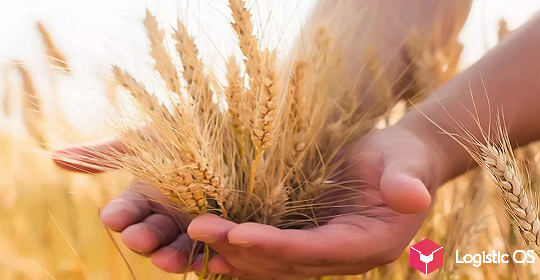Despite the “price rally” last spring, today there are no grounds to expect a rise in prices for the main types of cereals that are popular with Russians.
As Irina Glazunova, deputy director of the Institute for Agricultural Market Studies, noted, a rise in prices for cereals is now unlikely. The following factors will contribute to the preservation and even some reduction in prices.
Increasing production of cereals
According to IKAR, in general, for 10 months of 2022, cereals were produced by 10% more than in the same period of the previous year. The total volume amounted to 1.4 million tons against 1.3 million tons a year earlier.
Wherein:
Production of corn grits increased by 24% to 68 thousand tons.
Buckwheat — for 55 thousand tons, up to 390 thousand tons.
Rice — for 25 thousand tons, up to 430 thousand tons.
Millet — by 9%, up to 90 thousand tons.
Last year set records: for example, in terms of production of buckwheat, this is the maximum since 2020, and millet, since 2000.
Such a significant increase in production is largely due to the record harvest in Russia of many agricultural crops, which took place in 2022.
Reducing hype
The spring of 2022, especially March, was the time when many Russians rushed, as is usually the case, to stockpile cereals against the backdrop of the geopolitical crisis, with buckwheat and rice traditionally the main demand. As a result, they have risen in price by 30% or more.
For example, imported rice rose in price by 70% when compared last March with February.
This was facilitated by the very high exchange rate of the dollar at that time, which made any import very expensive.
In addition, in relation to rice, the accident at the Fedorovsky hydroelectric complex in the Krasnodar Territory added to the problems, which cast doubt on the prospects for the harvest in 2022.
However, all these problems did not last long: the excitement died down, when the population made sufficient reserves, the exchange rate returned to normal, and the accident was quickly eliminated.
In addition, the government banned the export of rice abroad. As a result, the prices for cereals crept down again.
At present, the Russian market is saturated and even oversaturated with both cereals and raw materials for its production. Therefore, one should hardly expect such strong price volatility as last year.
By the way, oatmeal (hercules) practically did not participate in the “price rally” of 2022.
While buckwheat and rice rose by more than 30% in March, oatmeal rose by only 10%.
Perhaps the fact is that it is not stored for a long time and therefore is not considered by the Russians as a “strategic reserve”.

